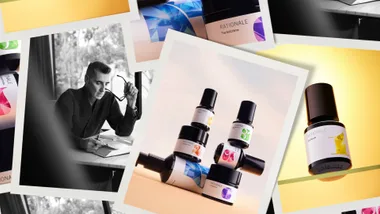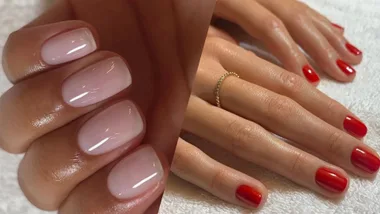If you’ve recently taken a scroll through any beauty sites, you’ll have been inundated with articles telling you to take care of your skin’s moisture barrier. But what exactly is the skin barrier and why is it so important?
Well, to answer these important questions, marie claire chatted to Dr Kate DeAmbrosis to deep-dive into not only what the skin barrier is but also how to support, protect, and repair it.
What is the skin’s moisture barrier?
While you might have some vague idea about what your skin’s moisture barrier is, dermotologist Dr DeAmbrosis is here to explain it in full. “The skin’s moisture barrier is the outermost layer of skin with the important job of maintaining your skin’s condition, vitality and protection from external elements,” Dr DeAmbrosis says.
Dr DeAmbrosis states that she considers the moisture barrier as a shield working as a barrier to any potential irritative threats. Making sure your skin’s moisture barrier is strong is important for keeping your skin looking and feeling healthy.
What is moisture loss?
To understand moisture loss, you’ll first need to know about the three layers that form your skin barrier.
As a collective, these three main “layers work together to protect the body from excessive water loss, avoiding [signs] of premature ageing from environmental stressors and maintaining overall skin health”.
Layer one: The top, outermost layer of the epidermis is called the stratum corneum. Its main function is to act like a brick wall, maintaining hydration by preventing water loss while at the same time stopping any potential irritants from entering. The building blocks (AKA cells) that make up this layer are ceramides, cholesterol and lipids).
Layer two: The epidermis is the middle layer that essentially works to support the top layer.
Layer three: This is the all-important microbiome layer – it’s a microorganism-supporting layer that is pivotal in maintaining the skin’s moisture barrier.
Dr DeAmbrosis tells us that moisture loss occurs when the “outer layers become compromised by corneocyte breakdown or lipid loss.” This means that the layers are no longer able to retain water leading to flakiness, dryness, tightness, sensitivity, redness, breakouts and irritation. Some potential causes of this irritation include environmental factors, hot water (which can strip the skin), harsh cleansers, ageing and over-exfoliation.
What are some steps to help protect, repair and support your skin barrier?
What are the steps to take to help protect, repair and support your skin’s moisture barrier?
Well, Dr DeAmbrosis suggests looking for products that contain vitamin B5, — also known as pantothenic acid — glycerin and microbiome-nourishing prebiotics.
While also taking steps to making sure you are moisturising your skin consistently, using a pH-balanced creamy gentle cleanser and most importantly wearing sunscreen (and following sun safety guidelines; slip, slop, slap, seek and slide).
Following this simplified routine — especially when you notice signs of damage — is the best way to support and repair your skin’s moisture barrier. Opting to use a gentle cleanser and increase your moisturising routine by including a rich, heavy occlusive balm such as La Roche-Posay’s Cicaplast Baume B5+ ($42.95 at Adore Beauty).










